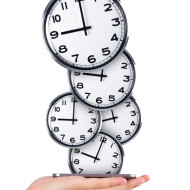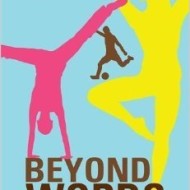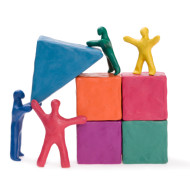
Learning to analyze movement takes time. Because at least 60% of human communication is estimated to be nonverbal and behavioral, everyone has developed his or her own way of seeing and coding movement. That is, everyone possesses body knowledge and body prejudices. Learning to observe movement objectively using Laban’s taxonomy of effort and space necessitates setting aside pre-existing approaches.
In my own development as a movement analyst, I found I “went blank” for a while when first attempting to observe a movement event.… Read More









